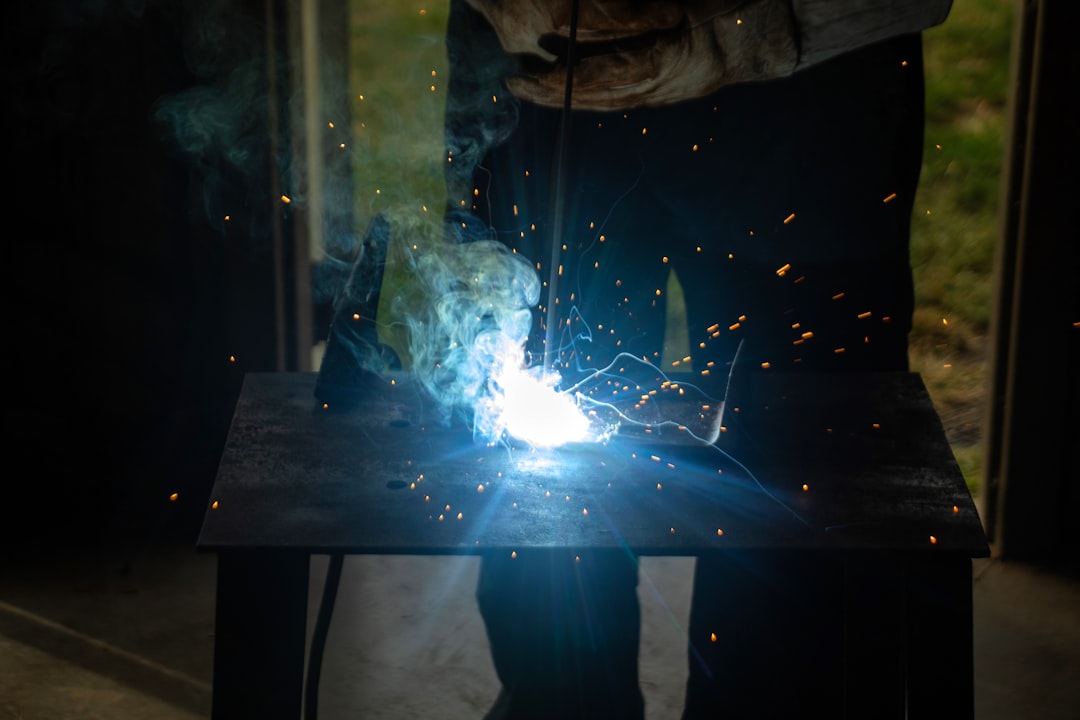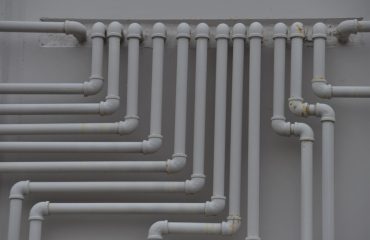Steel, a versatile and robust material, continues to play a crucial role in shaping our modern world. From towering skyscrapers to intricate bridges and sustainable infrastructure, steel’s strength, durability, and recyclability make it an indispensable element in countless applications. This blog post delves into compelling case studies showcasing the diverse and innovative ways steel solutions are employed across various industries, highlighting their benefits and addressing potential challenges.
1. Steel in High-Rise Construction: Reaching New Heights
The construction of high-rise buildings presents unique challenges, demanding materials that can withstand extreme forces and environmental conditions. Steel’s high strength-to-weight ratio makes it an ideal choice for constructing skyscrapers that reach for the sky. Consider the Burj Khalifa, the world’s tallest building. Its steel framework, a marvel of engineering, demonstrates the material’s capacity to support immense weight and resist seismic activity. The intricate steel structure allows for complex designs and efficient construction, minimizing construction time and maximizing usable space. Challenges in high-rise steel construction often involve logistics – transporting and assembling large steel components – and ensuring precise welding and connection techniques for optimal structural integrity. The use of advanced steel alloys and sophisticated design software helps mitigate these challenges, resulting in safer, more resilient, and aesthetically pleasing structures.
2. Steel Bridges: Spanning the Gap Between Innovation and Durability
Steel’s inherent strength and ductility are perfectly suited for bridge construction, enabling the creation of long spans and complex designs. The Golden Gate Bridge, a global icon, exemplifies the remarkable capabilities of steel in bridge engineering. Its suspension design, utilizing high-tensile steel cables and a robust steel deck structure, showcases the material’s ability to withstand the forces of wind, water, and seismic activity. Modern steel bridge construction incorporates advanced techniques like high-performance steel, which offers enhanced strength and corrosion resistance. However, challenges such as fatigue and corrosion require careful consideration. Regular maintenance, protective coatings, and advanced corrosion-resistant steel alloys are crucial for ensuring the long-term durability and safety of steel bridges. This includes innovative solutions like self-healing concrete integrated with steel reinforcements.
3. Sustainable Steel Solutions: A Greener Approach to Construction
Concerns about environmental impact are increasingly influencing material selection in construction. Steel, despite its energy-intensive production, offers a surprisingly sustainable solution. Its recyclability is a significant advantage; steel can be repeatedly recycled without losing its inherent properties. This significantly reduces the demand for virgin materials and minimizes landfill waste. Furthermore, the use of recycled steel in construction projects reduces carbon emissions associated with steel production. Innovative approaches, such as using steel in lightweight structures to reduce material consumption and employing sustainable manufacturing practices, further enhance steel’s environmental credentials. The industry is also exploring the use of green steel, produced using low-carbon energy sources, to minimize the environmental footprint of steel construction.
4. Steel in Infrastructure: Building Resilient Communities
Steel plays a vital role in creating resilient and reliable infrastructure. From railway lines and pipelines to water treatment plants and power transmission towers, steel’s strength and durability ensure the longevity and effectiveness of these critical systems. The use of high-strength steel in railway tracks enhances their load-bearing capacity and reduces maintenance needs. Similarly, steel pipelines efficiently transport vital resources like water, gas, and oil across vast distances. The resilience of steel structures is particularly crucial in areas prone to natural disasters. Steel’s ability to withstand extreme weather conditions and seismic activity ensures the continued operation of essential infrastructure, protecting communities and mitigating the impact of natural calamities. However, designing steel infrastructure for specific environmental conditions and seismic zones requires careful engineering and material selection.
5. Steel in Manufacturing and Industrial Applications: Precision and Performance
Beyond construction, steel is an essential material in numerous manufacturing and industrial applications. Its versatility allows for the creation of components with intricate shapes and precise tolerances. From automotive parts and machinery components to industrial equipment and tools, steel provides the strength, durability, and precision required for optimal performance. Advanced steel alloys, tailored for specific applications, offer enhanced properties such as corrosion resistance, high-temperature strength, and wear resistance. Challenges in manufacturing often involve optimizing production processes to ensure efficiency and cost-effectiveness. The use of advanced manufacturing techniques, such as laser cutting and robotic welding, enhances precision and minimizes waste. Furthermore, the development of new steel alloys with improved properties continuously expands the possibilities for steel’s applications in manufacturing and industrial settings.
In conclusion, steel continues to be a cornerstone of modern engineering and construction, offering a range of solutions across diverse industries. While challenges exist, ongoing innovation in steel manufacturing, design, and construction techniques ensures that steel remains a vital material for building a sustainable and resilient future.
SEO Tags:
#SteelSolutions #SteelConstruction #CaseStudiesSteel #SustainableSteel #SteelEngineering




